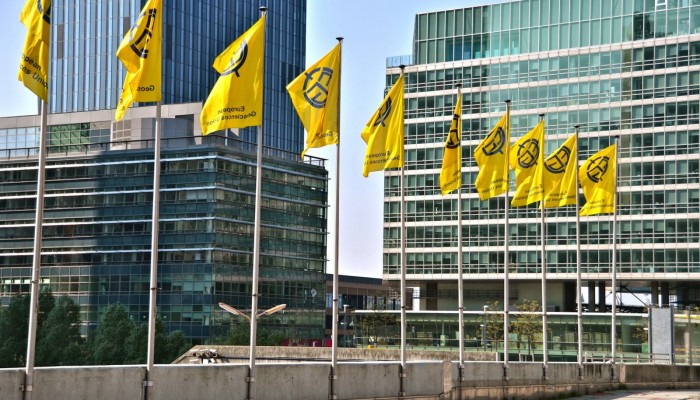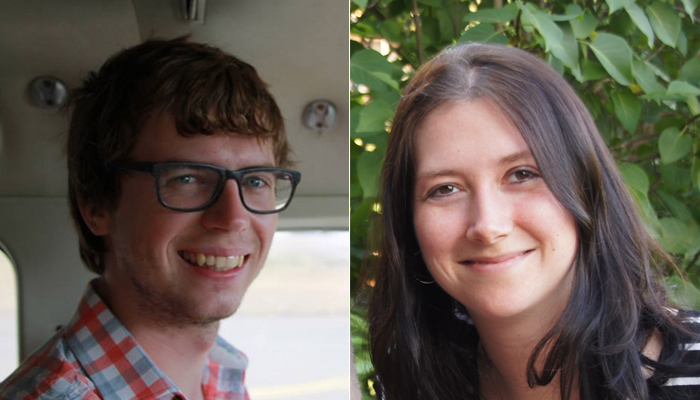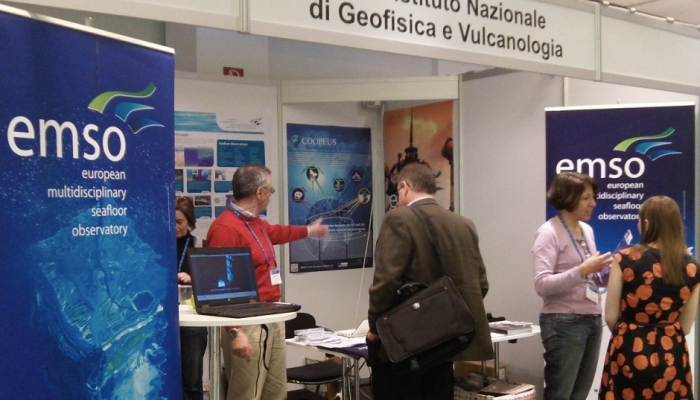We’re halfway through the General Assembly already! Once again there is lots on offer at EGU 2015 and this is just a taster – be sure to complement this information with EGU Today, the daily newsletter of the General Assembly, available both in paper and for download here. Today features more Union-wide events which celebrate the conference theme: A Voyage through Scales. First up is a symposium o ...[Read More]
Geocomplexity and scales: new worlds or scaling?
To celebrate this year’s General Assembly theme – A voyage through scales – Shaun Lovejoy, President of the Nonlinear Processes in Geosciences Division (NP), takes us on a tour of how scaling might change our view in a range of Earth science topics: from clouds through to geological surfaces. When van Leeuwenhoek peered through the first microscope, he was amazed at the new world ...[Read More]
Introducing the new EGU young scientist representatives at Union level
While each of the division young scientist representatives gather feedback from young scientists in their fields, the Union-level representative gathers information from each of the division reps and takes it to the EGU’s Programme Committee – the group responsible for organising the EGU’s annual General Assembly – and, from this year onwards, to the EGU Council as well. Following a two-year term, ...[Read More]
Explore the Exhibition at EGU 2015!
Don’t forget to visit the Exhibition at the European Geosciences Union General Assembly! Exhibition booths for companies, publishers, scientific societies and many more are scattered throughout the Blue (basement), Yellow (ground floor), and Green (first floor) Levels of the Austria Center Vienna. See the General Assembly website for a full list of who’s attending and where to find them. Make sure ...[Read More]



